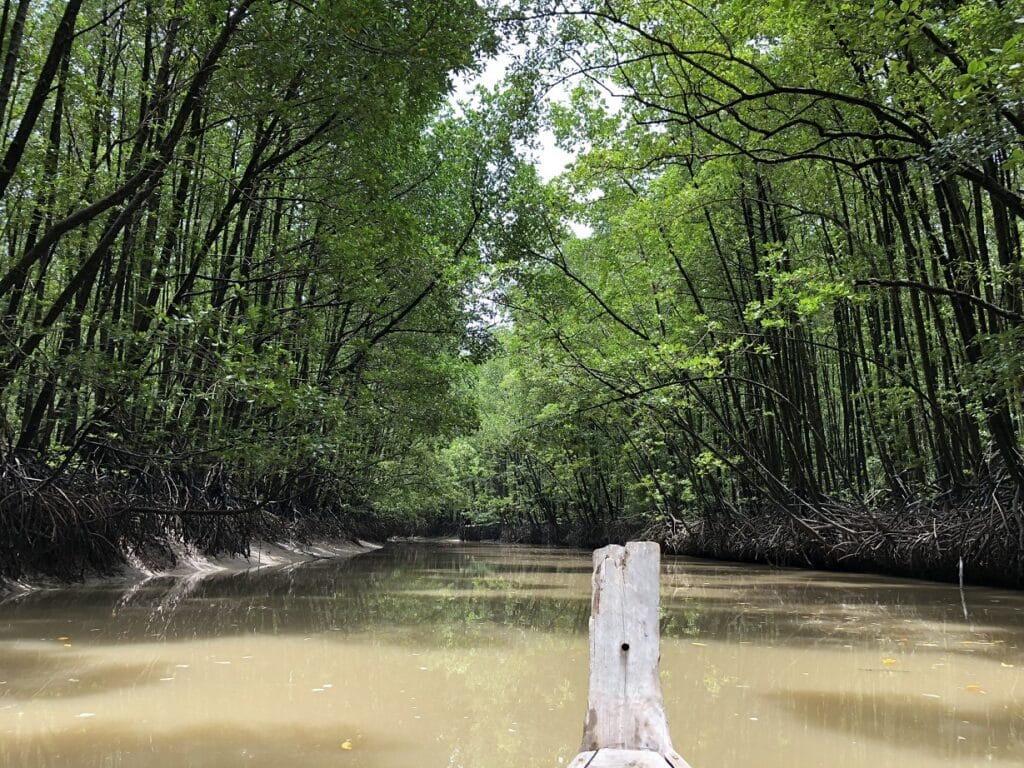
1. Thailand’s Coastal Otters – Paparazzi Rescue
A new camera-trap study of Thailand’s otter population now highlights the importance of expanses of natural habitat, such as coastal forests and wetlands, for two species of otter living along the increasingly modified southern coasts. It was found that while otters can live within human-modified landscapes, tracts of natural habitat offer them vital refuge from many threats, like road collisions, prey depletion due to pollution, and conflict with fish and shrimp farmers.
The findings were used to create maps that show where conservationists and wildlife departments should prioritize management/monitoring for these top wetland predators. With their gleeful yikkering, playful presence, and sinuous underwater grace, otters are emblematic of the joy and resilience of nature around the world. Several species of the sleek mammal live along Thailand’s watery thoroughfares and tropical coastline, although little is known about them.
Thank you for your generous gift that will help us continue the production of this weekly, free publication
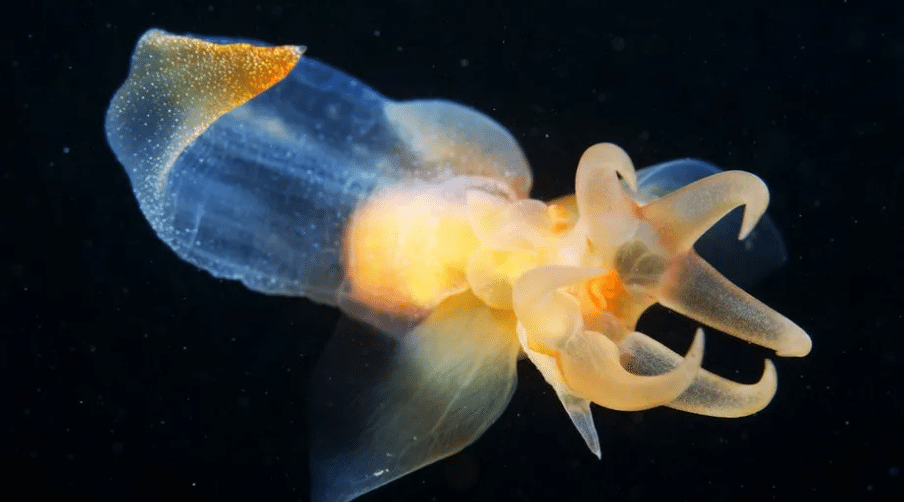
2. Norway Approves Controversial Deep-Sea Mining
Norway has become the first country in the world to move forward with the controversial practice of commercial-scale deep-sea mining. The bill passed on Tuesday will accelerate the hunt for precious metals (lithium, scandium, and cobalt) needed for green technologies. The move puts the country at odds with the EU and the UK, which have called for a temporary ban on the practice because of concerns about environmental damage.
Norway’s proposal will open up 280,000 sq km (108,000 sq miles) of its national waters for companies to apply to mine these sources – an area bigger than the size of the UK. While Norway’s proposal concerns its national waters, negotiations continue on whether licenses could be issued for international seas. The International Seabed Authority (ISA) – a UN-affiliated body – will meet this year to try to finalize rules, with a final vote expected in 2025.
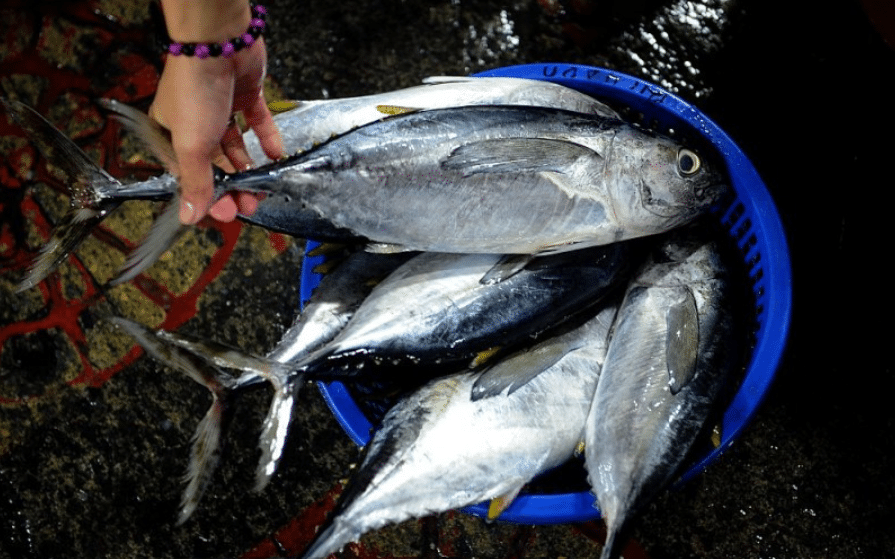
3. Overfishing Means Uncertain Future for Tuna Species
The Indian Ocean is facing an unprecedented crisis. The yellowfin tuna, a species integral to the ecosystem and a popular choice for sashimi and poke bowls globally, is witnessing a sharp decline in population. Overfishing has been identified as the primary culprit. This overexploitation threatens not only the balance of life underwater but also impacts millions who rely on these waters for livelihood. International efforts are being intensified to mitigate this crisis.
One of the key steps is to strengthen the role and effectiveness of the intergovernmental organization responsible for the management of tuna in the Indian Ocean. Another important step is to increase the involvement of small-scale fishers and coastal communities in the decision-making process. Also, consumers can help by choosing tuna that is certified by credible eco-labels, such as the Marine Stewardship Council.
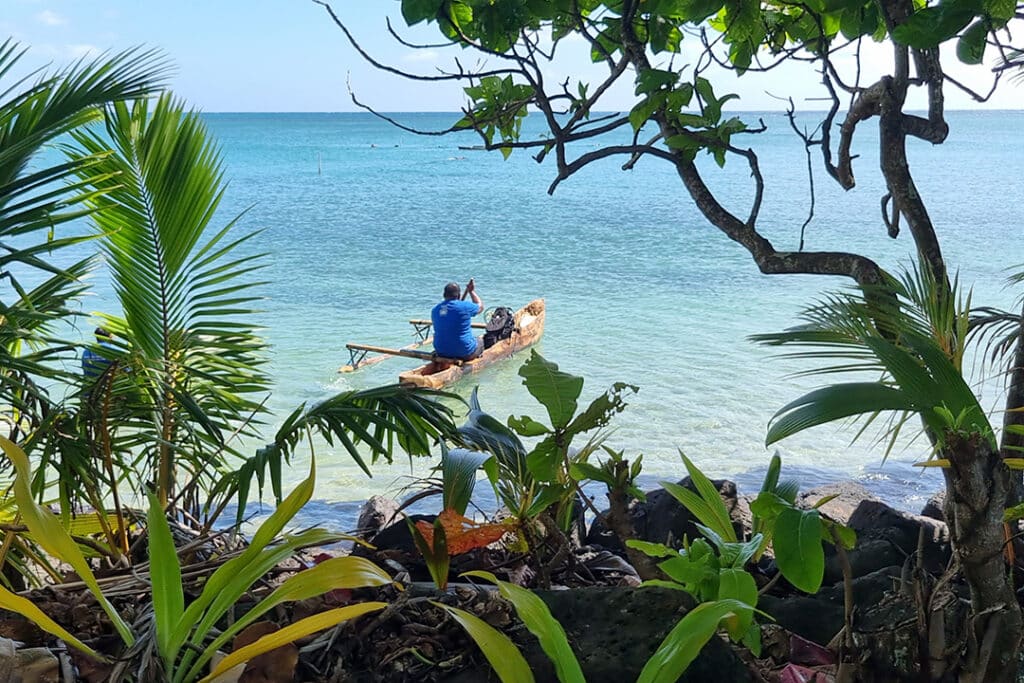
4. COP 28 Day Spotlights Nature, Land, and Ocean
Dubai, United Arab Emirates, Nature, Land, and Oceans Day was one of the thematic days at the UN Climate Change Conference (UNFCCC COP 28) in December 2023. A high-level event on sustainable ocean management focused on state and non-state commitments to improve sustainable ocean planning through developing and implementing Sustainable Ocean Plans (SOPs).
Speakers emphasized that SOPs are integral to addressing the Ocean Breakthroughs, a set of science-based targets launched ahead of COP 28, which provide a blueprint to deliver on climate and nature goals. Speakers described the High-Level Panel for a Sustainable Ocean Economy as the “lighthouse” to get there, reaffirmed that 30% of the ocean must be protected by 2030 so marine life can be restored, highlighted the work of National Geographic’s Pristine Seas program, which, since 2008, has helped create 26 of the largest marine protected areas (MPAs) in the world.
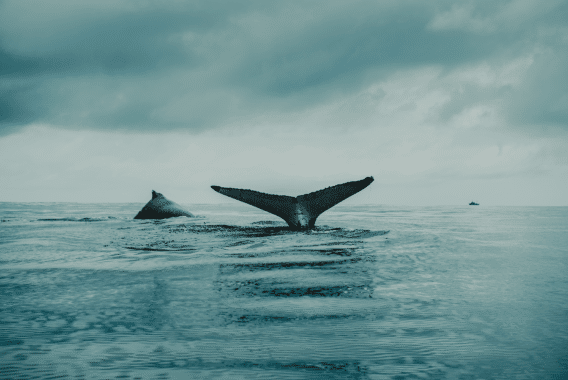
5. Notification to the Parties – Concerning Trade in Specimens of Species and Stocks of Whales Protected by the International Whaling Commission
Geneva, Switzerland, attached at the link is a Notification to the Parties – Concerning Trade in Specimens of Species and Stocks of Whales Protected by the International Whaling Commission. This is a Resolution that recommended that the Parties agree not to issue any import or export permit or certificate for introduction from the sea, under this Convention for primarily commercial purposes for any specimen of a species or stock protected from commercial whaling by the International Convention for the Regulation of Whaling. Click on the link for “The Rest of the Story”.
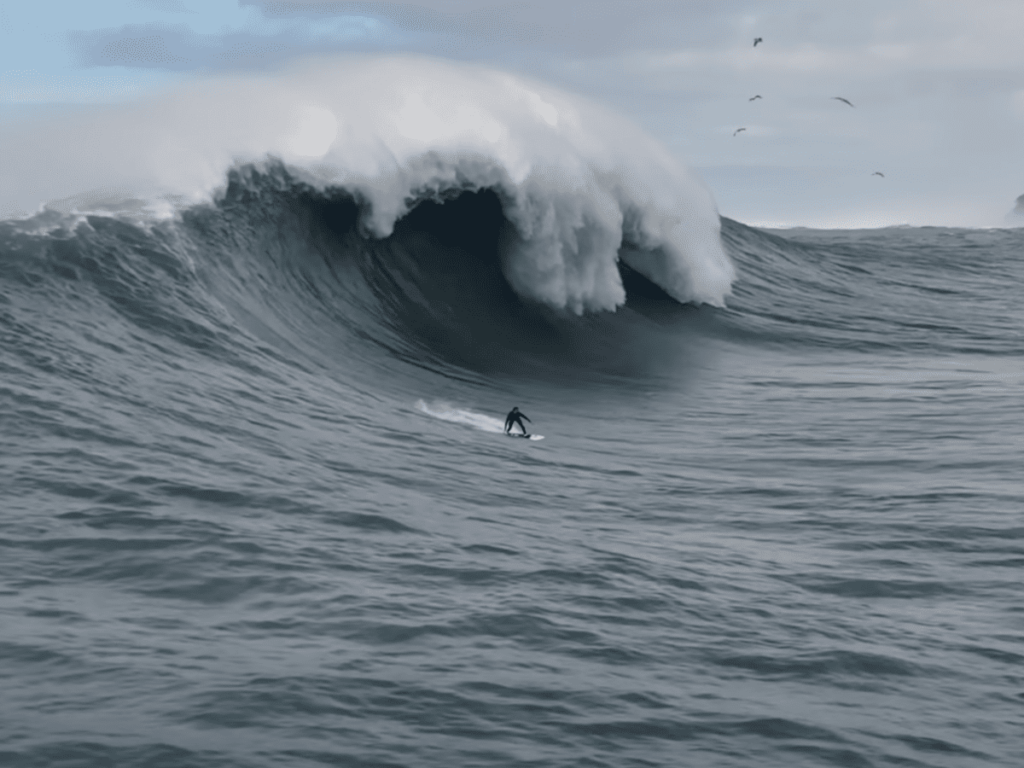
6. Waves Are Getting Bigger Due to Climate Change, Experts Suggest
If you are a surfer, or like to watch BIG waves, do not miss the 9:10 YouTube Video embedded in this article, Titled “Massive Mavericks – Big Wave Surfing – Biggest swell of the year hits California 12.28.23”. The seas are rising, ice caps are melting, global temperature records are breaking, and humans are screwed. In addition to all the doom and gloom, there’s an unforeseen, supplementary side effect to climate change: the waves are getting bigger.
Some scientists say this is climate change at work. “Oceanographer Gary Griggs has studied the California coastline for decades. He says that human-caused climate change will force seas to rise in the future, making waves even bigger. A Scripps Institution of Oceanography study found that California waves have grown, on average, a foot taller in the last 50 years as climate change has heated the planet.”
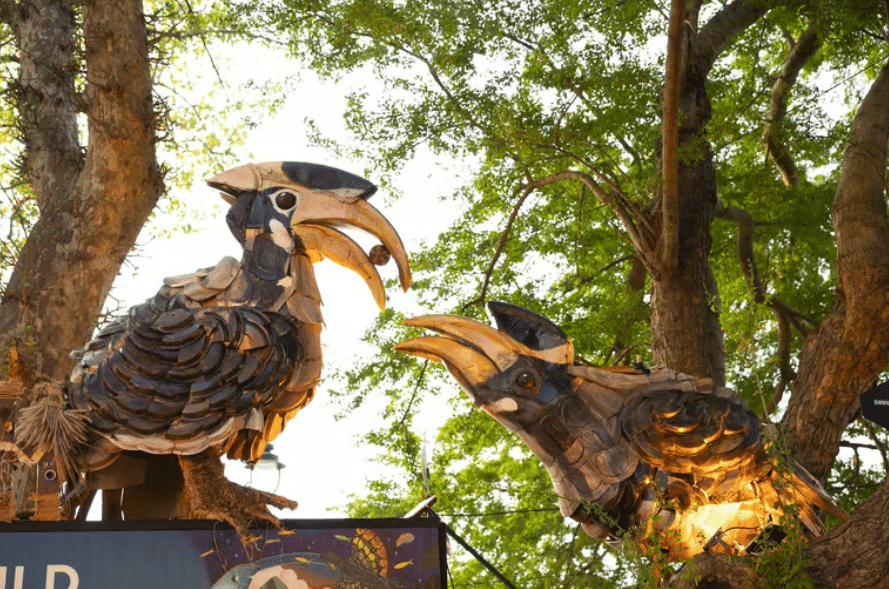
7. Goan Environmentalists Root for Sustainable Ecotourism
Goa, India; Top Goan environmentalists insist that time is of the essence to revive a popular reconnect with Goa’s biodiversity to aid overall conservation efforts. They also maintain that local eco-entrepreneurs can stand to benefit economically by implementing sustainable eco-tourism modules.
The experts also mulled the definition of an ideal eco-tourist at the recent ‘Ensemble of the Wild: An Evening of Art, Culture, Music and Meaningful Conversations Around Conservation’, a curtain-raiser event of Echoes of Earth. Echoes of Earth is a green festival, that provides a platform to raise awareness about eco-sensitivity vis-à-vis discursive panel discussions, art, and music on the ecological significance of the state’s rich biodiversity, especially in the Western Ghats region. Click the link below to read “The Rest of the Story”.
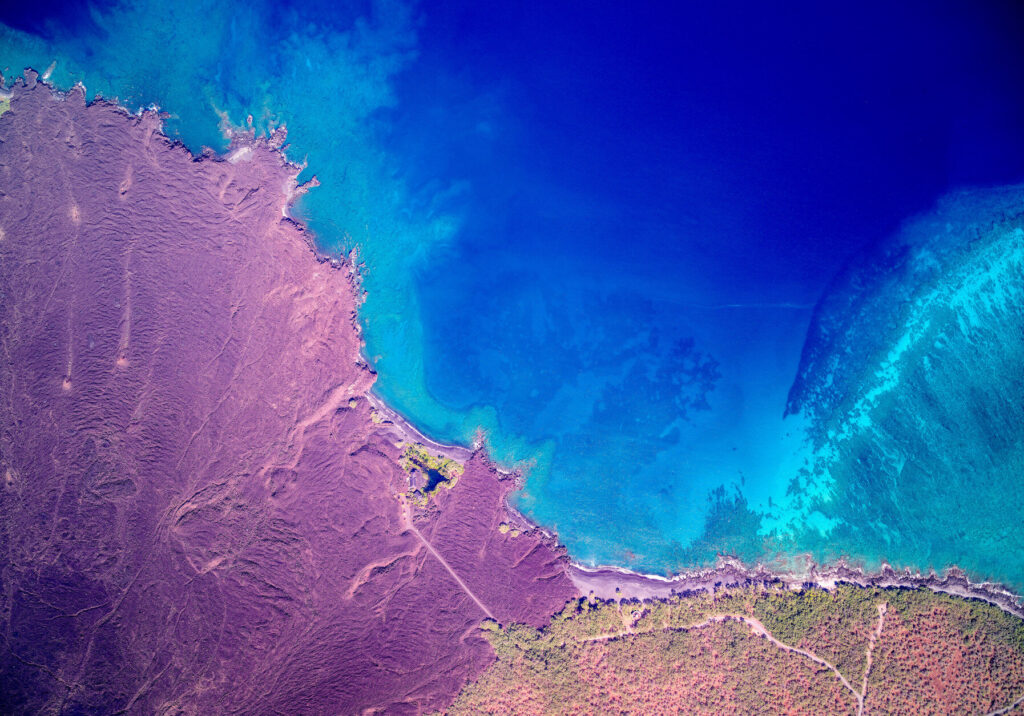
8. Protecting Coral ‘Nurseries’ as Important as Safeguarding Established Coral Reefs
Hawai’i, USA; When imagining corals, the picture that comes to mind is usually a stationary one: a garden of rock-like structures covering sections of the ocean floor. Reef conservation efforts typically focus on preserving established coral and protecting them from known stressors such as pollution, overfishing, and runoff from coastline populations.
However, new research near Miloliʻi in the southwestern part of Hawai’i Island shows that identifying and protecting marine ecosystems, both down-current and up-current of coral reefs, specifically areas where coral larvae are more likely to survive and thrive, is crucial to future coral conservation and restoration efforts—especially as reefs face increasing pressure from the devastating effects of climate change.
The research, completed by Arizona State University scientists and their collaborators, appears in the current issue of Proceedings of the National Academy of Sciences.
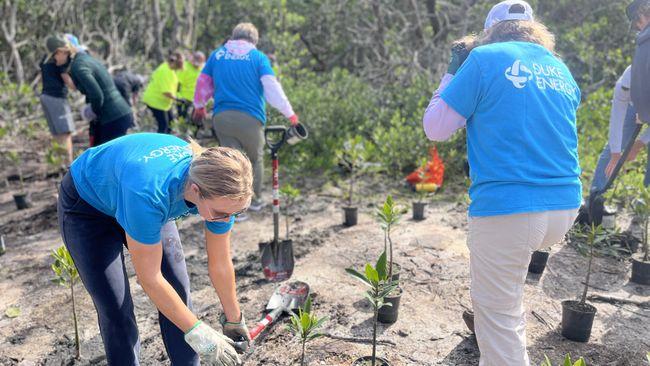
9. Duke Energy, Coastal Conservation Association Florida Plant 500 Mangroves at State Park Devastated by Hurricane Ian
ST. PETERSBURG, Fla, USA; Delnor-Wiggins Pass State Park, a popular destination with one of the most pristine stretches of beaches in Naples, is getting a much-needed mangrove makeover to restore portions of its shoreline affected by Hurricane Ian. More than 25 volunteers from Duke Energy Florida, Coastal Conservation Association (CCA) Florida, as well as special help from Lee County Electric Cooperative (LCEC), teamed up to lead the restoration by planting 500 red and black mangroves across a 4,400-square-foot portion of the park.
Florida’s mangrove ecosystems serve a vital role in the overall health of the state’s coastal estuaries. Mangroves reduce coastal erosion caused by storm surges and improve water quality by absorbing excess nutrients like nitrogen and phosphorus. Mangrove soils and roots also sequester carbon dioxide while providing habitat and refuge to a wide variety of fish and wildlife.
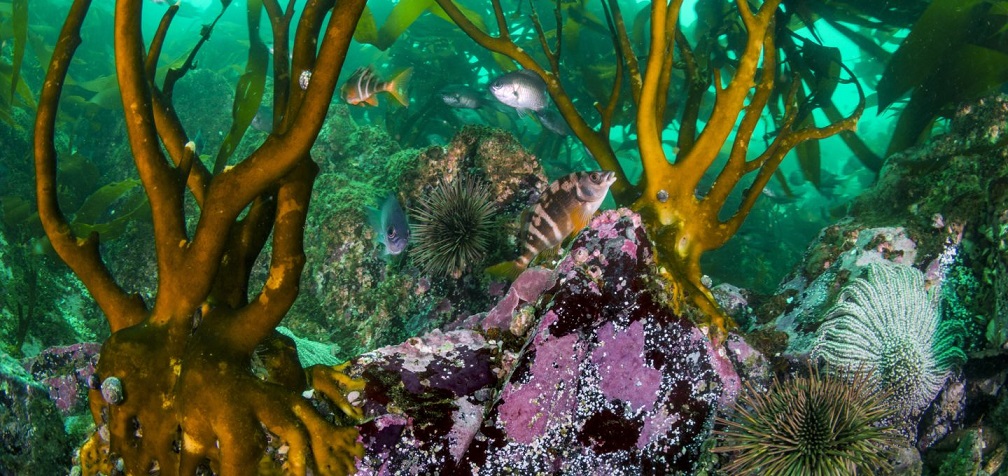
10. Securing Chile’s Future
Located in the Tarapacá region of northern Chile, a new Marine Protected Area covering 73,500 hectares has become the first and largest marine conservation area in northern Chile. But in a country known for its large-scale mining projects, the mission to protect Chile’s ocean is far from over. But rather than blocking all human activity, the new MPA is the first in Chile that allows responsible, sustainable fishing by local communities.
By protecting the fishery resources from industrial fishing and destructive industrial mining development, the MPA will secure food sources and livelihoods for local people now and into the future. “We need the protection of this area for artisanal fishers,” Barraza explains. “Industrial fishing and its fishing gear harm the resources, which is detrimental to us, so the creation of this new MPA is one of the best measures ever taken.”

11. Judge Backs Move Blocking Shipments of UK-Caught Chilean Sea Bass From Entering US
A U.S. federal judge has backed NOAA’s decision to block two shipments of U.K.-caught Chilean sea bass from entering the U.S. U.S. Court of International Trade Judge Timothy M. Reif has approved a request from Southern Cross Seafoods to transfer its lawsuit against the U.S. government and the National Marine Fisheries Service (NMFS) to the U.S. District Court for the Southern District of Florida, stating the court on which he serves does not have jurisdiction to decide whether the restrictions the Houston, Texas, U.S.A.-based importer faced in bringing U.K.-caught Chilean sea bass into the U.S. were legal. Southern Cross received two shipments of Chilean sea bass caught by U.K. vessels off the coast of South Georgia Island – a U.K.-controlled island east of the Falkland Islands – in September 2022.
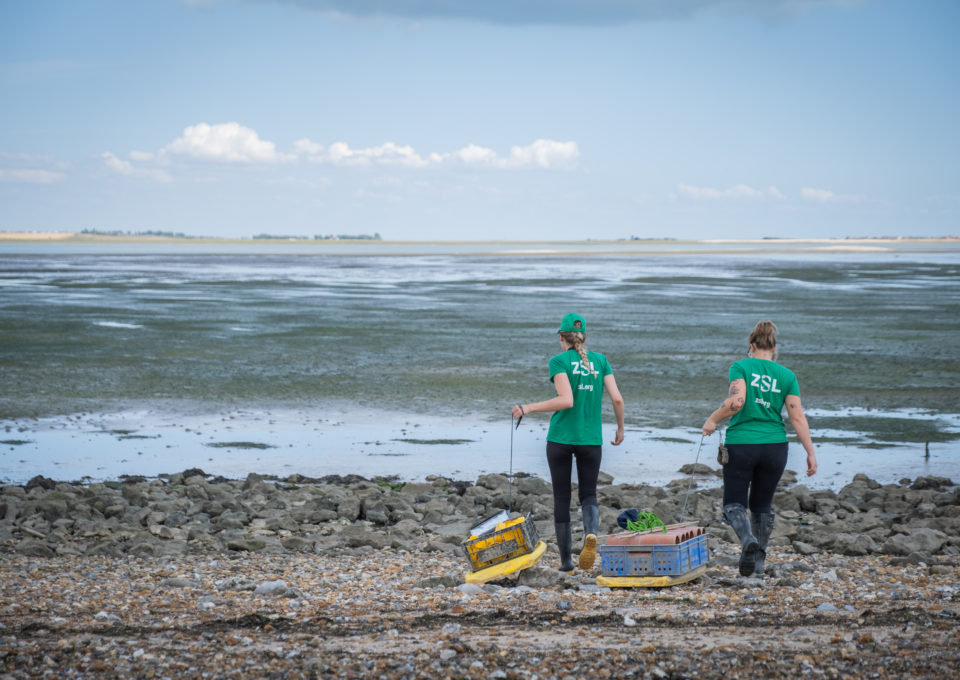
12. Planting Efforts Restoring the Seagrass Meadows of the Thames
Kent, England; A project to restore seagrass meadows by planting seagrass seeds has been launched by conservationists in Kent working to rebuild the Thames Estuary ecosystem. Working to help protect the seagrass meadows of the Thames and reverse recent declines, conservationists from the international conservation charity Zoological Society of London are planting seeds from dwarf eelgrass (Zostera noltii) across sites in Kent including Seasalter and Elmley Nature Reserve.
The planting efforts are trials for the restoration of these vital, biodiversity-boosting underwater meadows. Seagrass, the only flowering plant to grow in seawater and found in shallow waters on coastlines across the world, plays an essential role within these marine ecosystems – offering food and shelter for the animals that live beside and amongst it – from seahorses to sharks. Research has shown that at least 44% of seagrass has been lost from the UK coastline since 1936.
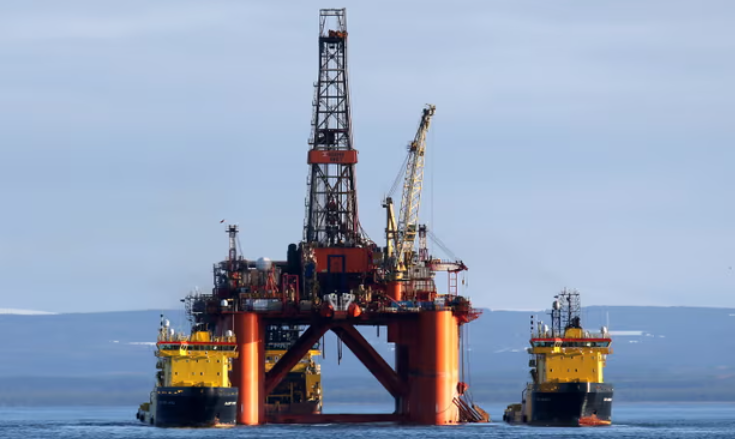
13. Fact checked: The UK Government’s Claims About North Sea Oil and Gas
Prime Minister of the United Kingdom, Rishi Sunak, says the policy shift towards fossil fuels will lower bills and is backed by independent advisers. Is he right? The Guardian “Fact Checks” the following claims:
Claim #1: More North Sea oil and gas will benefit households and lower bills.
Claim #2: It will help UK energy security.
Claim #3: The Climate Change Committee allows for more oil and gas extraction. Claim #4: UK oil and gas is four times cleaner than that from abroad
Click the link below, see the analysis, and you decide!
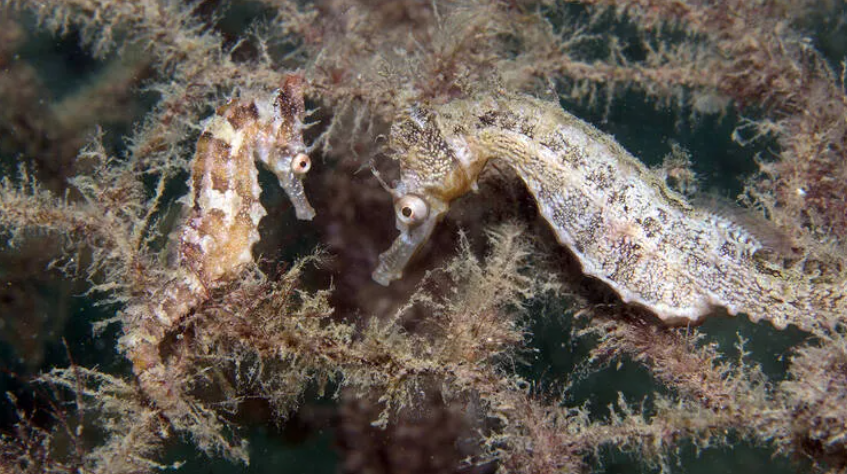
14. 100 Super Rare Seahorses Have Been Released Into a Pool in Sydney Harbour, Australia
This release of White’s seahorses is part of a special breeding program to boost the endangered species’ population size. The White’s seahorse – one of only four species of seahorses found in New South Wales waters – is known to be native to the east coast of Australia, but populations of these fairy-like aquatic creatures have been in decline over the past few decades.
Damage to the seahorse’s habitats has been identified as the main cause of their population decline, and though their natural habitats are organically occurring areas such as sponge gardens, seagrass meadows, and soft corals. With this in mind, the conservation team from Sea Life Sydney Aquarium released the recent group of 100 seahorses into Clontarf’s protected tidal pool, after previously releasing a record group of 380 baby seahorses into Chowder Bay in July 2023.
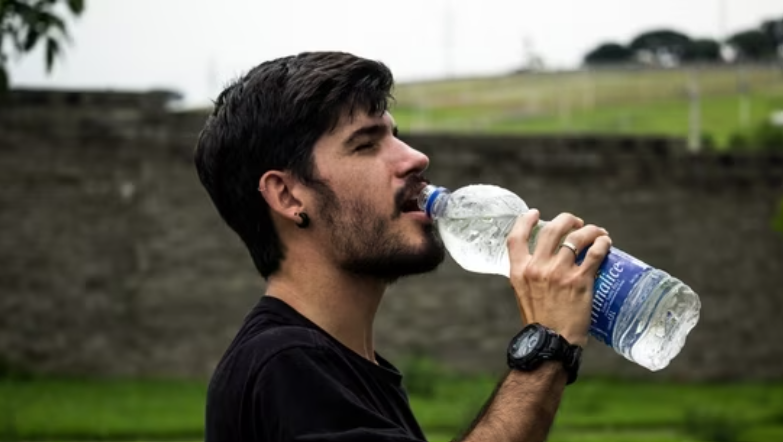
15. Concerns Soar as New Research Exposes High Levels of Nanoplastics in Bottled Water
An alarming study reveals bottled water of popular brands contains up to 100 times more nanoplastics than previously estimated and could pose serious health risks. A typical one-liter (33-ounce) bottle of water contains some 240,000 plastic fragments on average, according to a new study. Many of those fragments have historically gone undetected, the researchers determined, suggesting that health concerns linked to plastic pollution may be dramatically underestimated.
The peer-reviewed study, published Monday in the journal Proceedings of the National Academy of Sciences, is the first to evaluate bottled water for the presence of “nanoplastics” — plastic particles under 1 micrometer in length, or one-seventieth the width of a human hair. The findings show that bottled water could contain up to 100 times more plastic particles than previously estimated, as earlier studies only accounted for microplastics, or pieces between 1 and 5,000 micrometers.
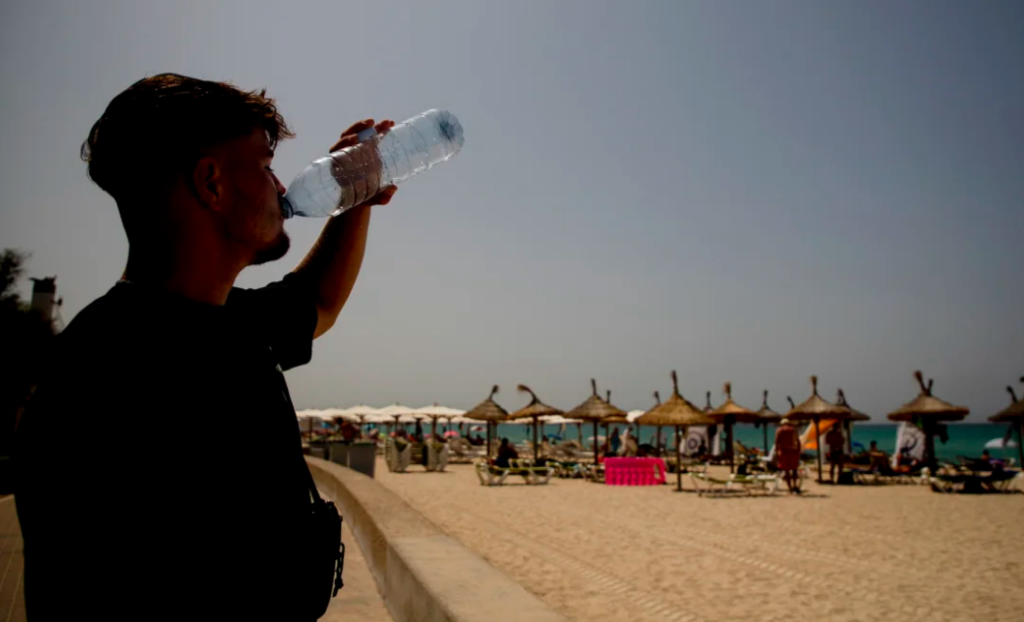
16. Bottled Water Contains Thousands of Nanoplastics So Small They Can Invade the Body’s Cells, Study Says
In a new study, researchers discovered bottled water can contain 10 to 100 times more bits of plastic than previously estimated — nanoparticles so infinitesimally tiny they cannot be seen under a microscope. At 1,000th the average width of a human hair, nanoplastics are so teeny they can migrate through the tissues of the digestive tract or lungs into the bloodstream, distributing potentially harmful synthetic chemicals throughout the body and into cells.
One liter of water — the equivalent of two standard-size bottled waters — contained an average of 240,000 plastic particles from seven types of plastics, of which 90% were identified as nanoplastics and the rest were microplastics, according to the study. The new finding reinforces long-held expert advice to drink tap water from glass or stainless steel containers to reduce exposure. That advice extends to other foods and drinks packaged in plastic as well.
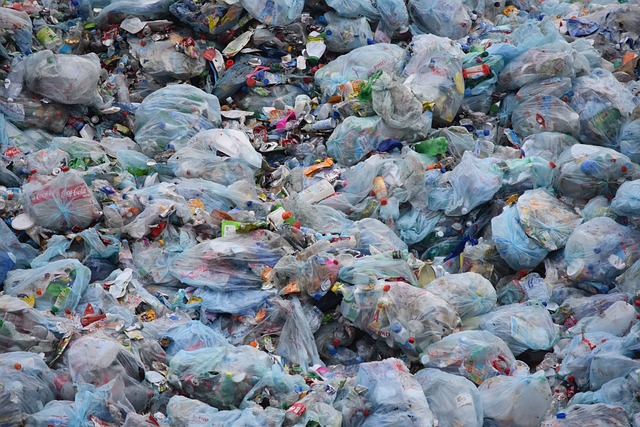
17. The Plastic Quagmire – Pakistan
Pakistan finds itself in a race against time as it grapples with a mounting plastic crisis that threatens its delicate ecosystem. The exponential growth of plastic consumption, coupled with inadequate waste management practices, has propelled the country towards an impending ecological disaster. According to recent data, Pakistan produces approximately 20 million tons of plastic waste annually, with an average per capita consumption of 30 kilograms annually.
This alarming trend is driven by rapid urbanization, population growth, and changing consumption patterns. One of the primary challenges exacerbating Pakistan’s plastic crisis is the inadequate waste management infrastructure. An estimated 55-60% of plastic waste remains uncollected, leading to its accumulation in streets, open spaces, and water bodies. The lack of proper segregation and recycling facilities further compounds the problem, perpetuating the cycle of pollution.




